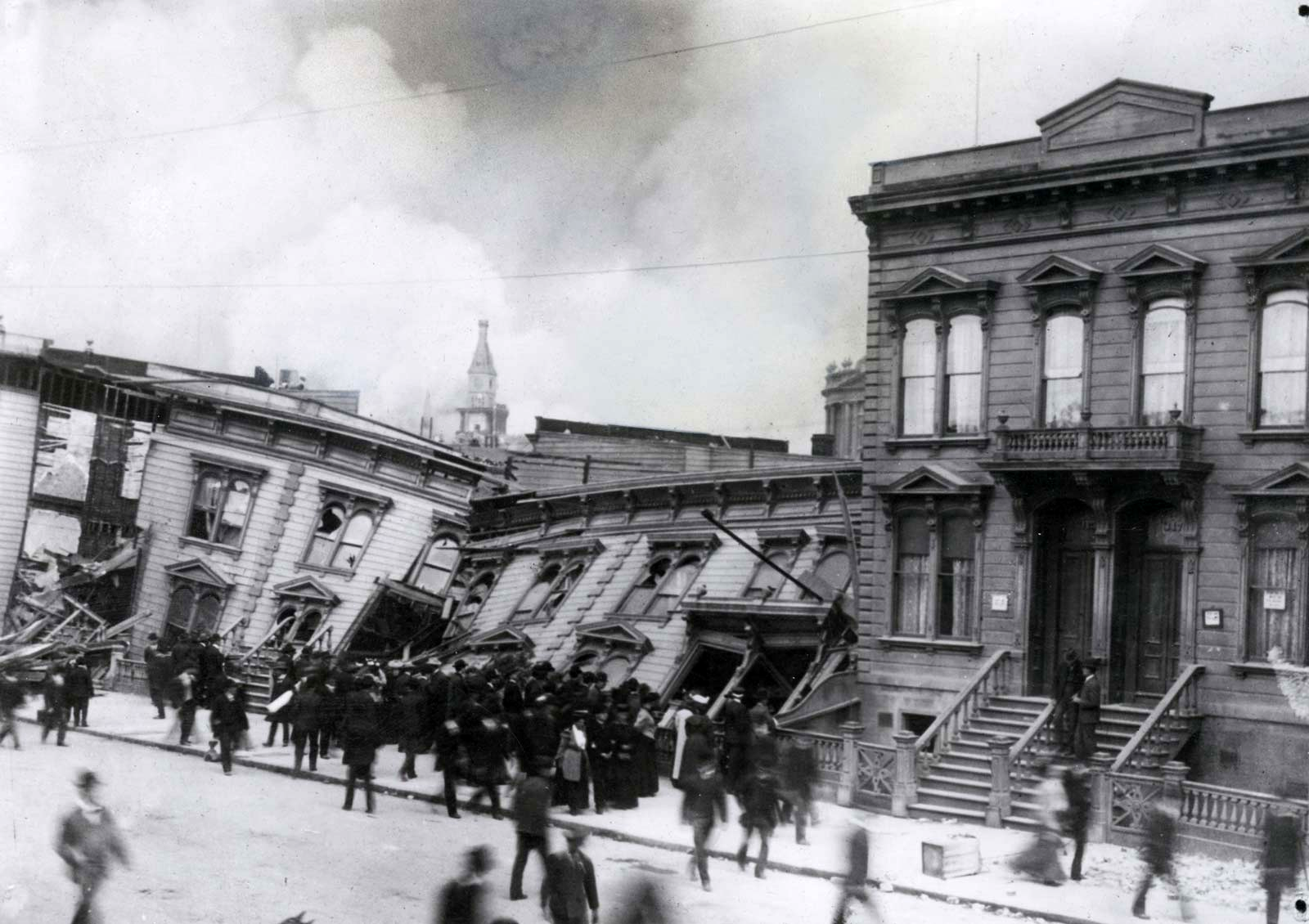The April 18 centennial of San Francisco's catastrophic earthquake is a good time for the nation to ask what we have learned about coping with the next natural disaster. As the faltering efforts from government and private relief agencies in the wake of hurricane Katrina continue to unfold, the answer would seem to be — "very little."
Katrina, followed by hurricane Rita, taught that predictable disasters must be planned for. In both San Francisco and New Orleans the cost of prevention would have been great, but less than paying to repair the damage. If we raise billions to fight in Iraq, we can surely find the political will and resources to secure American cities from natural disasters.
A century ago, San Francisco suffered a greater loss than New Orleans last year, the fire that followed the earthquake wiping out its business and commercial districts. Still the scope of the two disasters is comparable. The number of residents displaced by nature's fury ran into the hundreds of thousands in both cities. In loss of life, San Francisco's toll, recently recalculated to provide a more accurate count, exceeded that of New Orleans by at least two thousand.
In neither case were local governments prepared to deal with the cataclysm's magnitude. In 1906 there was no sign that an earthquake was imminent, but San Francisco had suffered serious tremors in earlier years, and California was already known as earthquake country. The loss of two major water lines leading into the city left it vulnerable to the many fires that quickly erupted. Recent retrospectives indicate that inept efforts to contain the fires may actually have contributed to the destruction.
San Francisco may be partly excused for being unaware of an impending disaster, but New Orleans cannot be. Its deteriorated levees were a well-known problem, and the entire nation knew that a major hurricane was headed for the city.
While it was too late to do anything about the levees, much of the human tragedy could have been averted had government at all levels acted effectively. It didn't. In light of the advance warning the great loss of life in New Orleans was unnecessary. Add to that the prolonged distress of survivors, first in shelters and then in the involuntary displacement of many to refuge in other states.
By contrast, the misery following the 1906 calamity was averted by cooperation between federal and local governments. Nor was there conflict between local, state and federal authorities as we witnessed last year along the Gulf coast. A hundred years ago, army and navy units quickly offered their services to city officials to organize both relief and recovery efforts.

Efficient tent cities cared for a large portion of San Francisco's displaced population, estimated at nearly a quarter million people. Rebuilding the city began quickly, with local residents providing the needed labor. New Orleans, however, was plagued with FEMA failure and the breakdown of state and local government. Massive improprieties in awarding cleanup contracts and administering the heartfelt donations from the nation's citizens only made things worse.
Natural calamities such as the 1906 quake and Katrina are a given. The only question is when. The probability is high that sometime in the next fifty years California will be revisited by an event similar to the 1906 quake or the flooding of New Orleans. But the rest of the country is also vulnerable.
Wired magazine recently presented a top ten list of America's impending disasters, nine of which were either caused by nature or our bungling efforts to work with her. The list stretches from a tsunami on the eastern seaboard to tornadoes in Dallas, flooding on the Upper Mississippi and a landslide on Washington's Mount Rainier. The most likely event is a levee failure on the Sacramento Delta.
Mother Nature doesn't wait for resolution of conflicts between local and federal authorities. The lesson of Katrina is that when disaster strikes we don't have the luxury of debate over which government makes the necessary decisions. That must be determined beforehand, with much of the preparation already in place.
While the burden of adequately preparing for disasters waiting to happen is great, such safeguards cost pennies on the dollar compared with the expense of a total rebuild after a community is destroyed. Fortifying New Orleans' levees prior to Katrina, while expensive, would have been far cheaper both in terms of dollars and human misery.
Congress has appropriated $300 billion to sustain a war of unknown duration in Iraq. A similar expenditure would go far toward securing the safety of Americans from our much more inevitable war with the terror of natural disaster.
We can no longer avoid judicious investments in preparations for the natural calamities that await us. And as San Francisco and Katrina have taught us, a closer working relationship between all levels of government is an absolute necessity.
R. William Robinson is the elected director of the Upper San Gabriel Valley Water District.
Ralph E. Shaffer is a professor emeritus of history at California State Polytechnic University and a writer for the History News Service.
